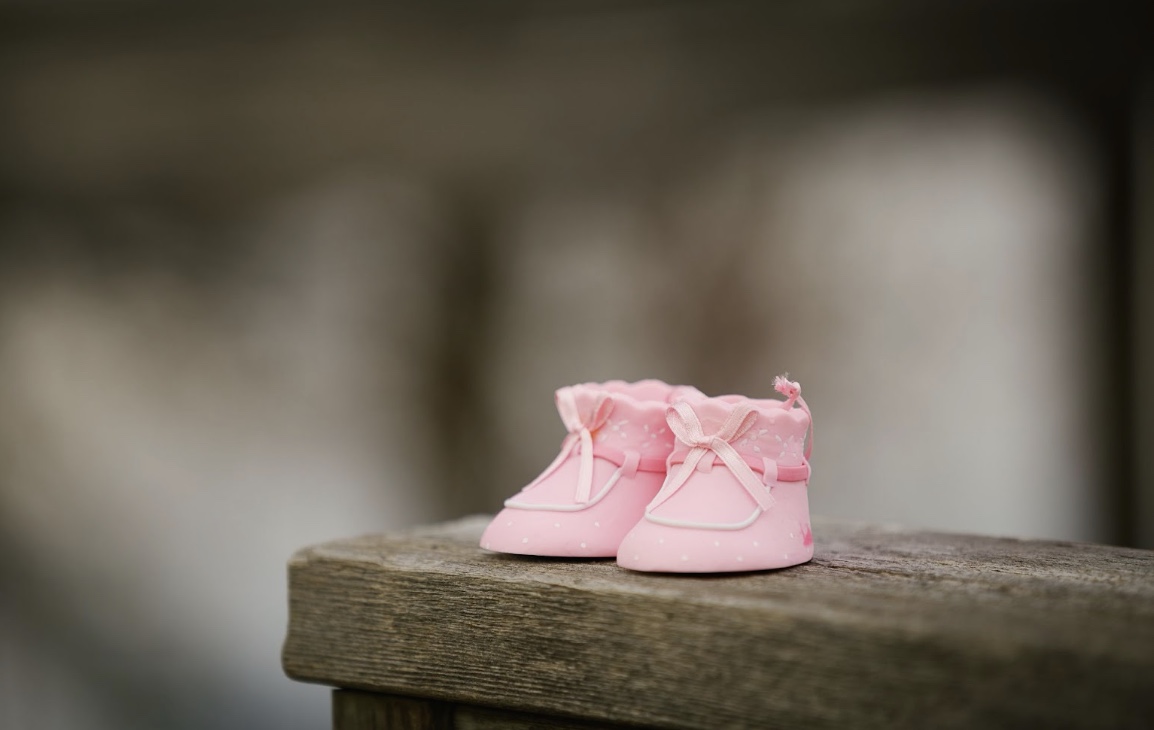Buying your children their first pair of shoes is one of the most exciting purchases you will make. And while getting lost in the endearing nature of all the different options out there is easy, you need to put in some proper thought when acquiring them.
Finding safe and practical footwear should be of the utmost importance in this journey, and knowing when this process should begin is also critical. So, entering the new stage of buying your baby’s first shoes shouldn’t be an overwhelming task, whether it be sneakers, sandals, or cute winter boots.
Reader's Roadmap
When to start
Before your baby is fully mobile, having proper shoes is unnecessary. Socks or booties are sufficient to keep their feet warm and protected. But once the walking stage begins, finding the right shoes to match becomes the number one item to get.
When your child begins to walk, they will look very flat-footed. Don’t be alarmed. This is entirely normal as the bones and muscles in their feet are still growing. Ideally, you should avoid shoes when they begin their walking phase, but once they have proven to be past the beginner’s wobble, you can start with them. Experts advise this should happen roughly 5-6 weeks into them comfortably walking around. Your child won’t always need them indoors, but they are vital for new adventures outside.
Sneakers
Sneakers are a great place to start. They come in many different colors, materials, and designs, so finding options that look cool and work the way you want them to work is extremely easy. Look for sneakers with velcro straps that you can adjust appropriately for the perfect fit. Remember, however, that velcro starts to lose its stickiness after getting wet too many times. You can opt for pull-on sneakers and laces to get around this.
Sneakers are usually made with rubber soles, making them perfect for rainy weather and slippery surfaces. In addition, the closed shoe will protect your little one’s feet from any dangers that could hurt them outside. Noways, you can buy them with sturdy, thicker fabrics for winter or light, breathable linen options for summer. Some shoe manufacturers have started creating shoes with lights or bells built into the soles to help parents keep track of their children while out and about.

Sandals
Sandals are another excellent option to explore. These days, most of made with multiple adjustable straps and materials that are easy to maintain and keep clean, like linen and leather (or faux leather, if you prefer). In addition, you can get them with closed-toes that will add another layer of protection and act like a more formal footwear option should you ever need it for an event.
On the other hand, opened-toe sandals are perfect for the park, a day at the beach, walking on the grass, or as an everyday option. In addition, sandals made entirely from rubber or silicon are incredibly easy to rinse off to clean and dry very quickly.
Boots
Boots can work in both summer and winter, depending on the variety you choose to purchase. Traditional rainboots will be a top contender if your child enjoys getting outside and playing in puddles. They will keep their feet dry, have excellent grip, and can be cleaned in less than a minute.
Winter boots will keep away the chills of the cold months, keep feet warm and dry, and double as formal footwear options for both summer and winter. Because of rain and snow (if this is common in your area), buying boots with zips or laces will work better in the long run compared to velcro. Alternatively, you can buy boots that you simply pull on.

Tips To Remember
As with adults, getting shoes that are the right size and made with suitable materials is extremely important for children. In fact, buying shoes for children is slightly more challenging as they cannot communicate the fit to you.
Having footwear that is too small will negatively affect the still-growing bones in their feet, possibly leading to long-term problems or growth defects. Furthermore, shoes that are too big could become a massive tripping hazard when they are still growing more confident in walking.
Any footwear you buy needs to be made with flexible and breathable materials. Any fabric too stiff or thick will be very uncomfortable and create negative associations for your child. Additionally, shoes need to have non-slip rubber or silicon soles and, at this stage, don’t need any extra features to overcomplicate things.
As mentioned before, all babies have specific foot issues when they start walking. These issues typically solve themselves as their feet continue to grow and strengthen. However, if you notice problems worsening or remaining unchanged, consider visiting your doctor for additional advice or referral.
Lastly, remember that, like their clothes, babies will grow out of shoes quicker than you may hope. They are constantly growing, and you need to accommodate this in their footwear. Buying options like sandals and sneakers with adjustable straps will sufficiently extend their lifespan to get more bang for your buck.







Leave a Reply
View Comments